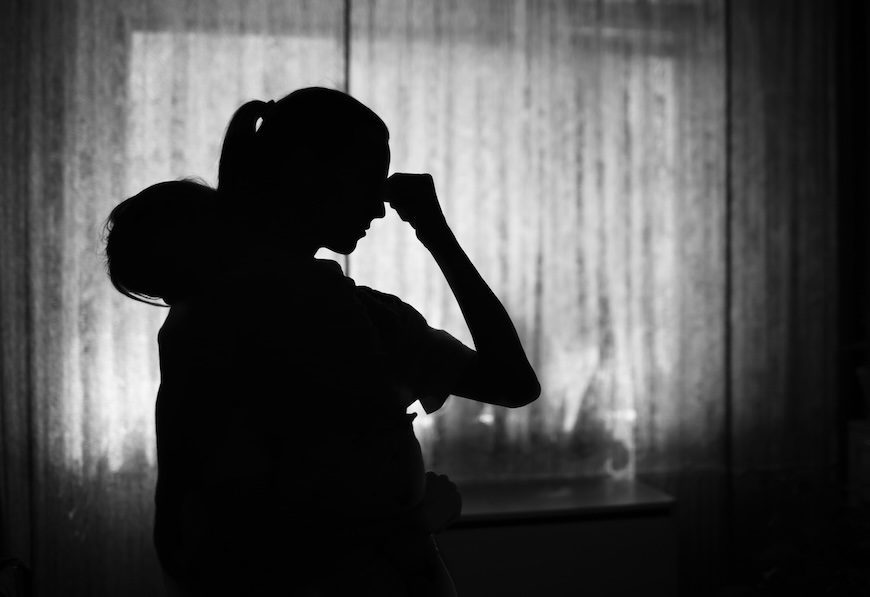In his memoir, Spare, Prince Harry recalled learning about the death of his mother Princess Diana in a car crash.
“They tried, darling boy. I’m afraid she didn’t make it,” his father, now King Charles III, told him on that early morning in August of 1997. Harry was just weeks away from turning 13.
“‘Pa didn’t hug me. He wasn’t great at showing emotions under normal circumstances. But his hand did fall once more on my knee and he said, ‘It’s going to be OK.’ But after that, nothing was OK for a long time.”
A Case of Complicated Grief
The initial shock of his mother’s death never seemed to dim and the prince writes that he spent years coming to grips with her loss. He openly admits to his struggle with mental health and using drugs to numb the pain. It wasn’t until he was 20-years-old and asked to review the police reports that he finally believed Diana had actually died.
“It sounds an awful lot like he is describing complicated grief,” Christopher Magoon, MD, a psychiatry resident at Columbia University, told Psychiatrist.com. “His avoidance for accepting her death fits right into that criteria.”
It’s normal to experience grief over the death of a loved one, Magoon said, but the data shows that about 7 to 10 percent of bereaved people will go on to develop what is known as prolonged, or complicated, grief disorder.
Mindfulness Training Versus a Psychoeducational Group for PTSD
Treating PTSD and Alcohol Use Disorder
Magoon has never met Prince Harry and, therefore, said he would never presume to diagnose him (nor would this publication make such a request). He said he had watched interviews with him and noted how the prince describes a difficulty living with purpose and action. His unrelenting sorrow, inability to move on or accept his mother’s death, his detachment and his mistrust of others, all point to a bereavement process that is outside the norm for his social, cultural, and religious background.
Think of prolonged grief as a chronological shift, Magoon said.
“If you talk to the person and their response is as if their loved one had died a couple of weeks ago, but it has actually been significantly longer, that is when clinicians should start exploring a diagnosis,” Magoon said. “Where the prolonged grief disorder aspect comes in, is if someone seems like they’re acutely grieving but the person they’re grieving actually died a year ago, 10 years ago, 20 years ago.”
Diagnostic Criteria
Prolonged grief disorder was added to The Diagnostic and Statistical Manual of Mental Disorders, Fifth Edition, Text Revision (DSM-5-TR) in 2022. The diagnostic bible for psychiatrists recognises the syndrome as grief lasting at least a year in adults, and six months for children, that is characterized by yearning for the deceased person and a preoccupation with thoughts and memories of the loss to a clinically significant, highly impairing degree, every day for a month or more.
The grieving individual must experience at least three of eight symptoms that include difficulty engaging in life, chronic loneliness, and the feeling that life is meaningless. Like Prince Harry explained throughout his memoir, many people diagnosed with the disorder have a marked disbelief that their loved one is gone and avoid thinking about them as dead. And one of the most debilitating hallmarks of complicated grief is deep emotional pain.
As Prince Harry wrote, “And the pain is also what drives me. Some days the pain is the only thing holding me together. And also, I suppose, without the pain, well she might think … I’ve forgotten her,” he told a therapist when he finally sought help well into adulthood.
Effective Treatment
Magoon, who specializes in treating patients having difficulty with bereavement at the Center for Prolonged Grief at Columbia University, said that the prince seemed to fit into a higher risk category for a prolonged grief diagnosis. The sudden, violent death of his mother, his social isolation, and the apparent lack of support all increase the likelihood that someone will have long term difficulty processing a death. Depression, PTSD, and other somatic symptom conditions are also associated with the disorder.
Fortunately, prolonged grief is treatable, Magoon said. While there are no FDA-approved medications, there is a 16-session therapy protocol that implements a combination of cognitive behavioral therapy (CBT), exposure therapy, and other methods that is quite effective, he added.
“It’s a weekly session over a four month period where the patient learns to tackle avoidance and get more comfortable telling the story of the person’s death,” he said. “It also focuses on things like restoring meaning to a person’s life and reconnecting socially.”
Prince Harry himself describes his journey as being about “the eternal power of love over grief.” Magoon said that this should offer hope to anyone else who feels lasting despair and sadness over a death.
“If you live long enough, someone you love and trust will die. And that’s part of life. But when it impedes your function and your ability to live with purpose, then it’s time to consider getting some help,” he said.



